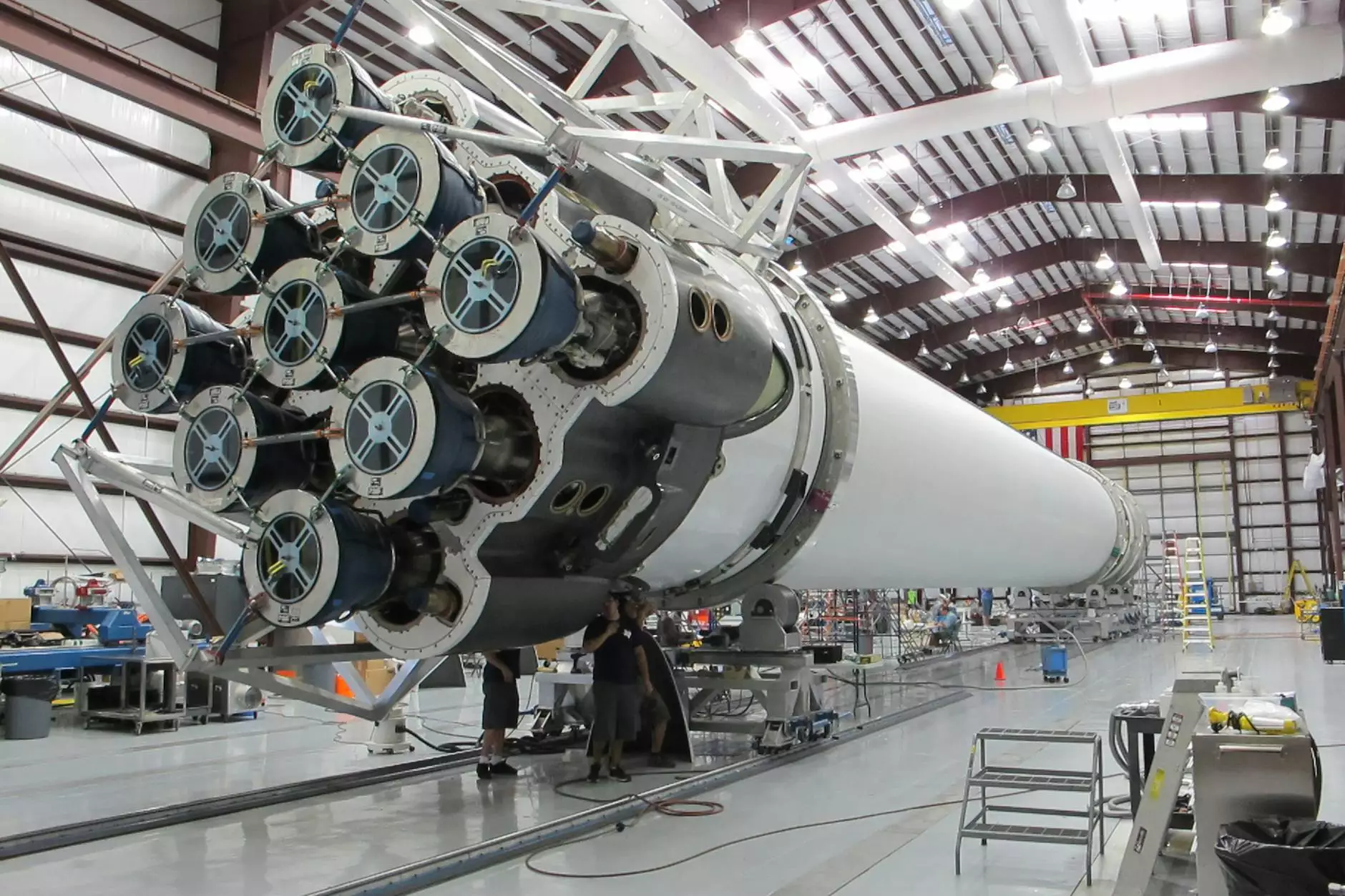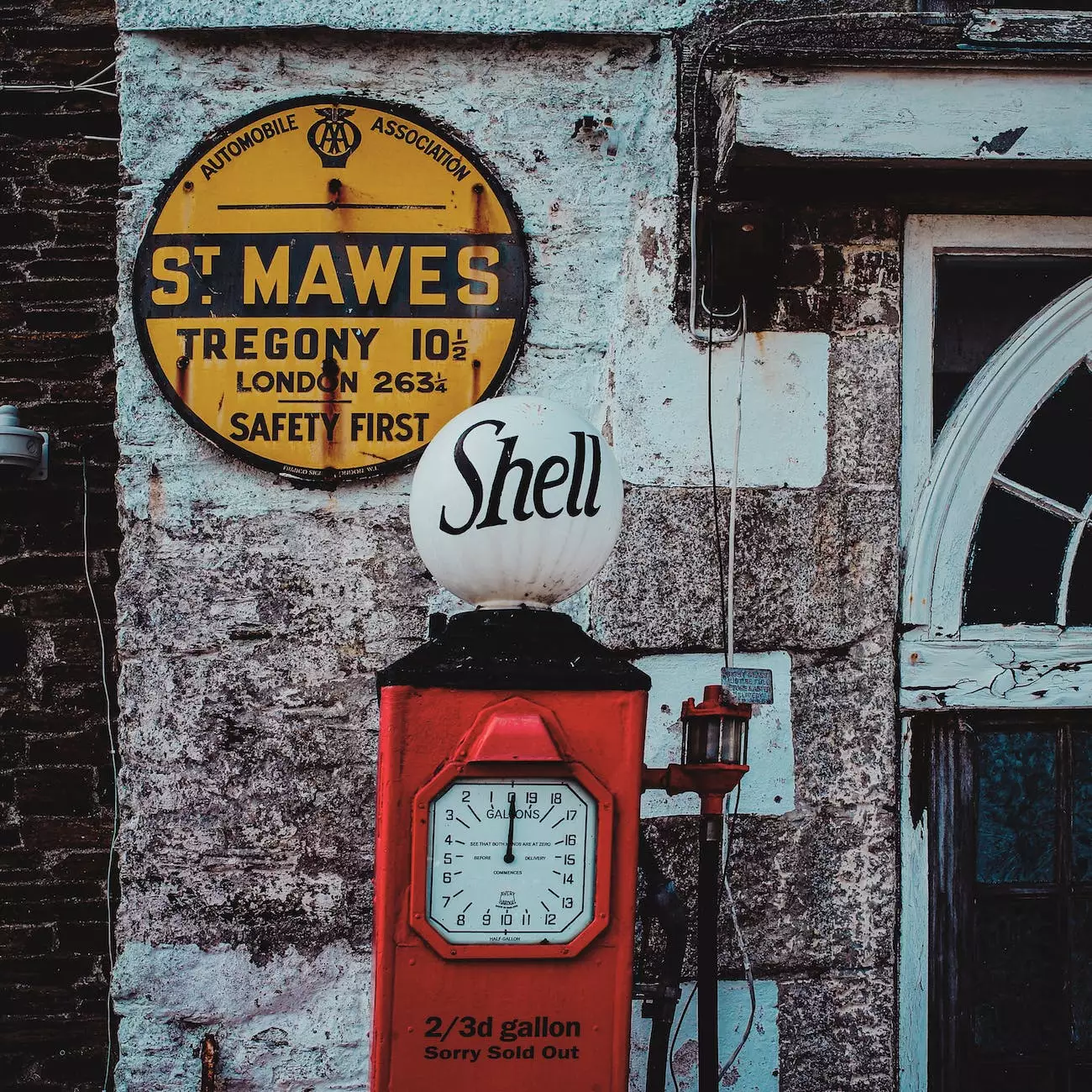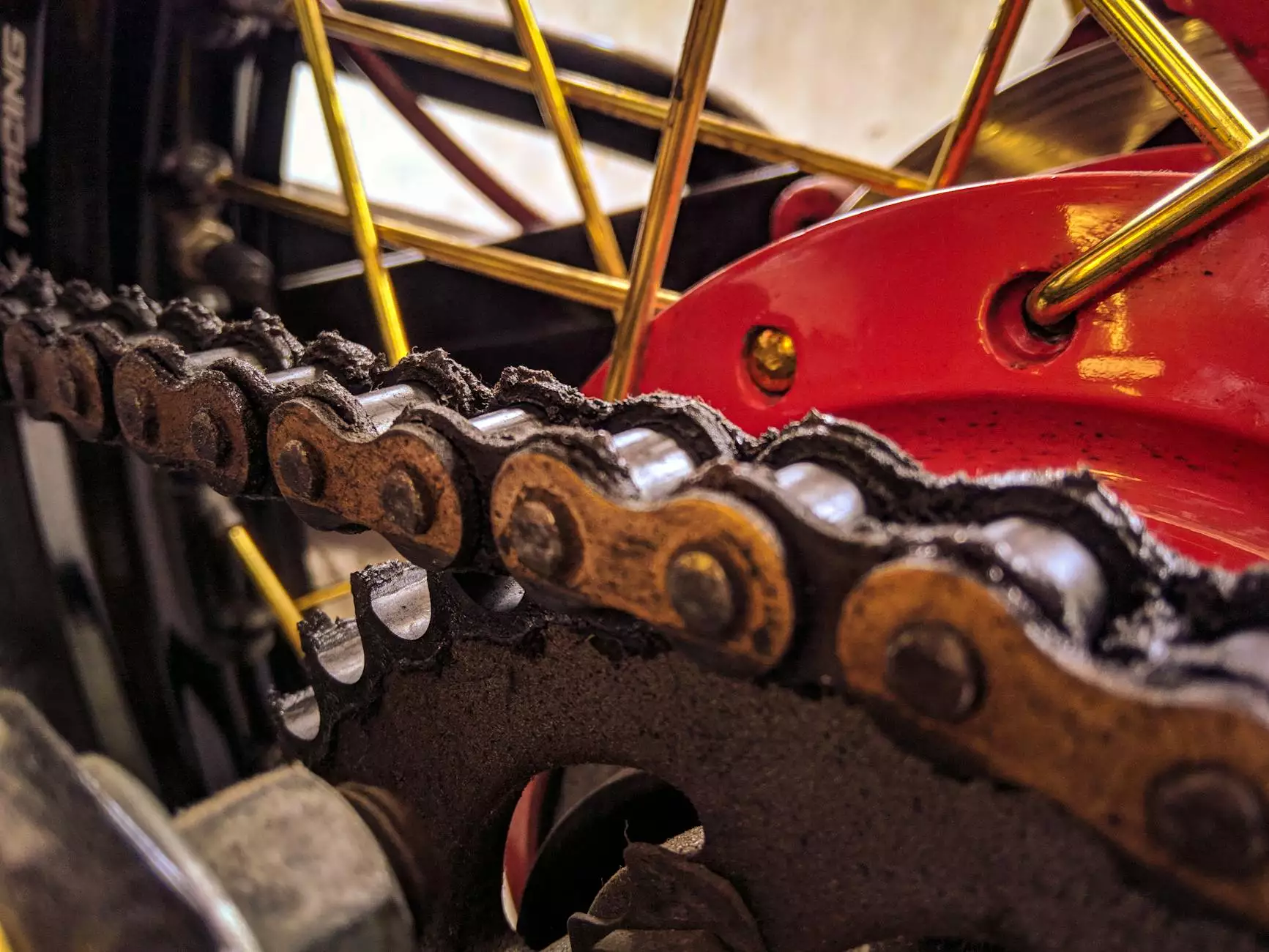How to Pressure Test Engine Cooling System After Extensive Repair
Chassis
Introduction
Welcome to Grafco Electric's comprehensive guide on pressure testing your engine cooling system after undergoing extensive repairs. In this guide, we will walk you through the step-by-step process of properly pressure testing your cooling system to ensure optimal functionality. By following our instructions and expert tips, you can identify and address any potential issues before they become major problems.
Why is Pressure Testing Important?
Pressure testing the engine cooling system is crucial after extensive repairs as it helps to identify any leaks or weaknesses in the system. This test allows you to pinpoint any issues and take necessary steps to fix them before they cause damage to your engine. By detecting leaks early on, you can prevent overheating and avoid costly repairs in the future.
Step-by-Step Guide to Pressure Testing
Step 1: Gather the Tools and Equipment
Before you begin the pressure testing process, make sure you have all the necessary tools and equipment. This includes a pressure tester, appropriate adapters for your specific cooling system, a radiator pressure cap, and safety gloves.
Step 2: Prepare the Cooling System
Ensure that the engine is completely cooled down before initiating the test. Open the hood and locate the radiator pressure cap, which is usually situated on the top of the radiator or coolant reservoir. Remove the cap carefully.
Step 3: Attach the Pressure Tester
Connect the pressure tester to the radiator or coolant reservoir by attaching the appropriate adapter. Make sure the connection is secure and tight to prevent any air leakage during the test.
Step 4: Pump up the Pressure
Once the pressure tester is securely connected, start pumping it up gradually to increase the pressure within the cooling system. Be cautious not to exceed the recommended pressure level specified by your vehicle manufacturer.
Step 5: Monitor the Pressure Gauge
Keep a close eye on the pressure gauge as you pump up the pressure. The gauge will indicate the pressure level within the cooling system. If there is a sudden drop in pressure or it doesn't hold steady, it may indicate a leak that needs to be addressed.
Step 6: Inspect for Leaks
Inspect the entire cooling system, including hoses, connections, radiator, and water pump, for any signs of leaks or coolant seepage. It's crucial to check all components thoroughly to ensure that there are no hidden leaks.
Step 7: Addressing Leaks
If you detect any leaks during the pressure test, take note of their location and severity. Depending on the severity of the leak, you may need to replace a damaged hose, tighten a loose connection, or repair a faulty component such as the radiator or water pump. It is recommended to consult a professional mechanic for further assistance if needed.
Tips and Precautions
- Always follow the vehicle manufacturer's recommended pressure level during the pressure test.
- Wear safety gloves to protect your hands from hot surfaces and coolant leaks.
- Ensure proper ventilation in the testing area to avoid inhaling harmful fumes.
- If you are unsure about performing the pressure test yourself, seek assistance from a qualified mechanic or automotive technician.
- Regularly inspect and maintain your cooling system to prevent future issues.
Conclusion
Congratulations! You have successfully learned how to pressure test your engine cooling system after extensive repairs. By following our step-by-step guide and expert tips, you can ensure the optimal functionality and reliability of your cooling system. Remember to perform regular maintenance and address any issues promptly to avoid costly repairs down the line. For professional assistance and quality automotive services, trust Grafco Electric.










